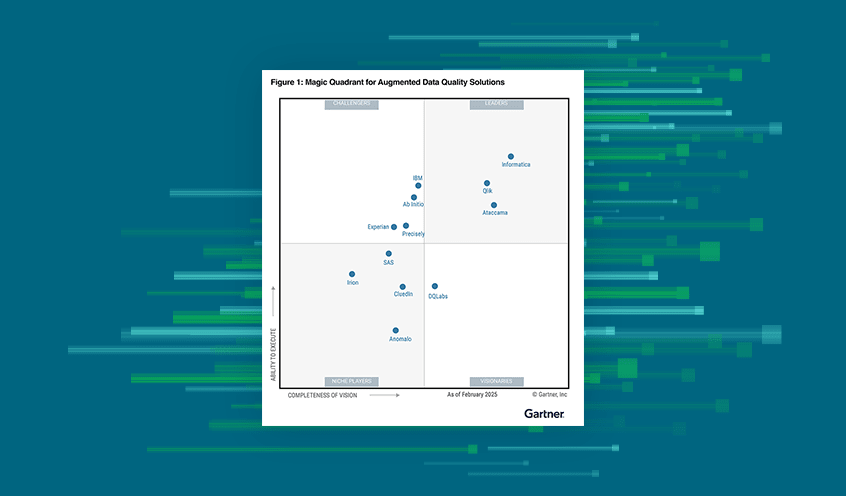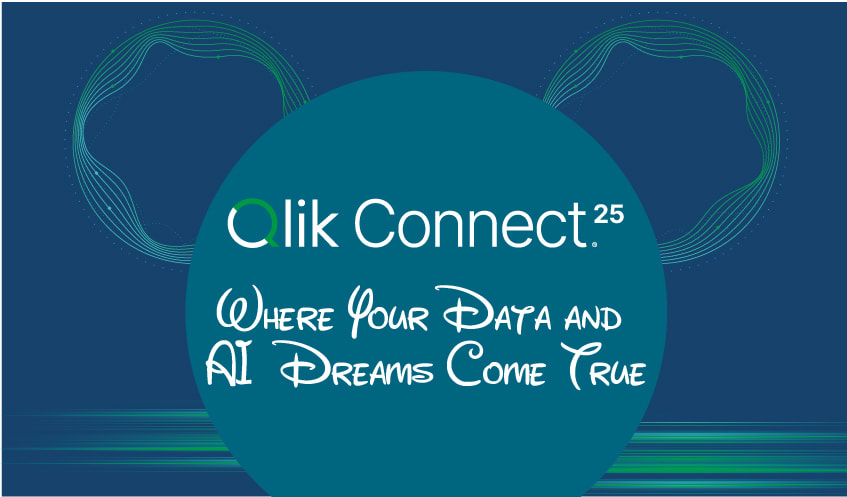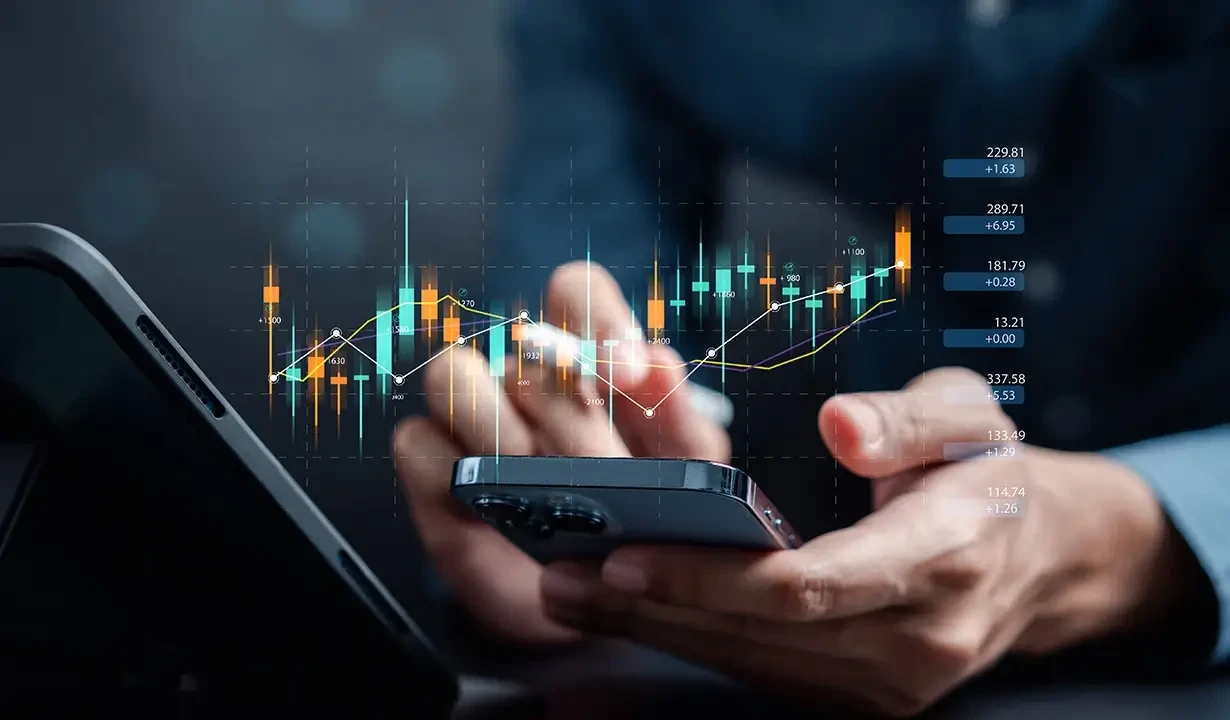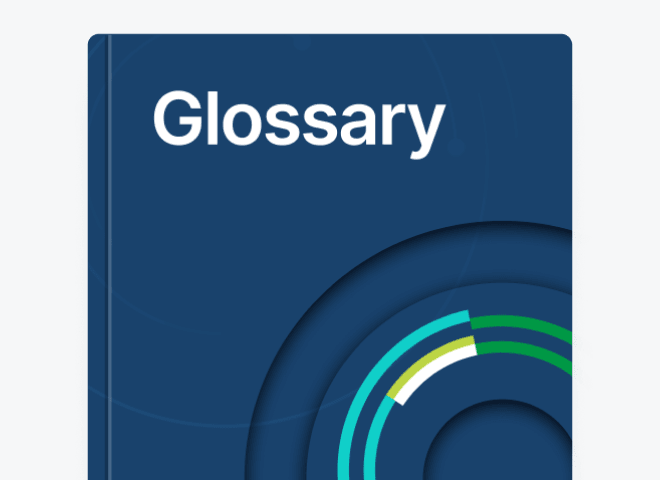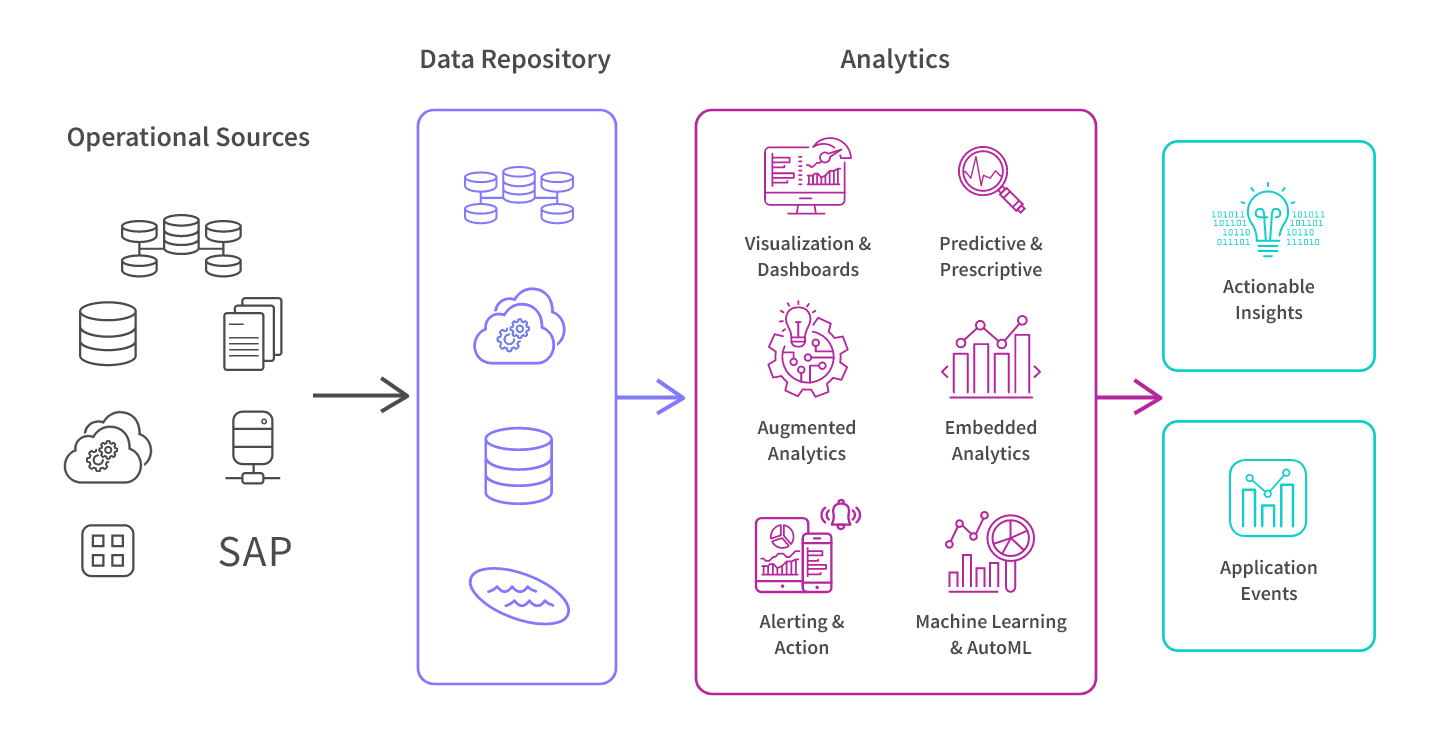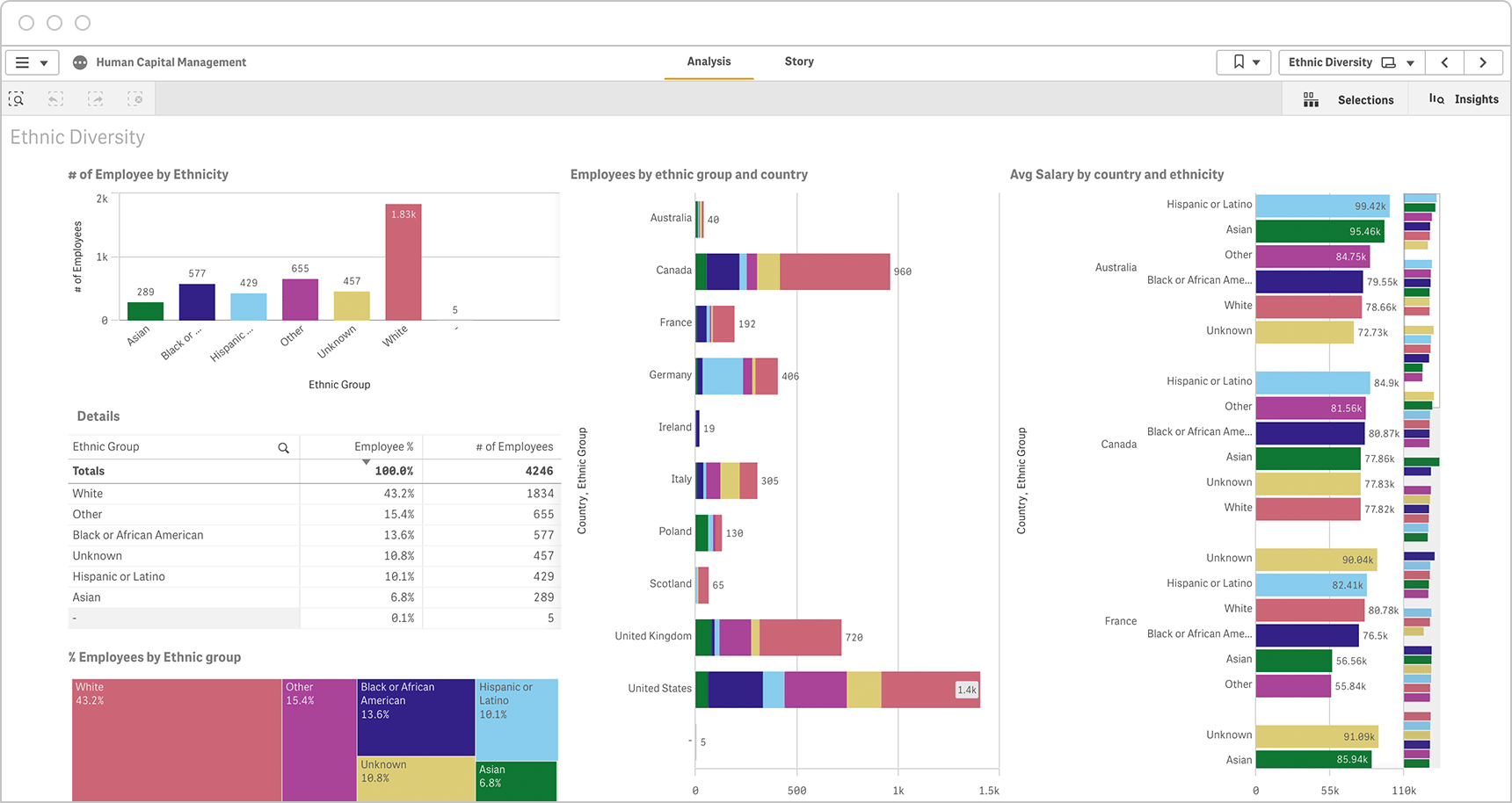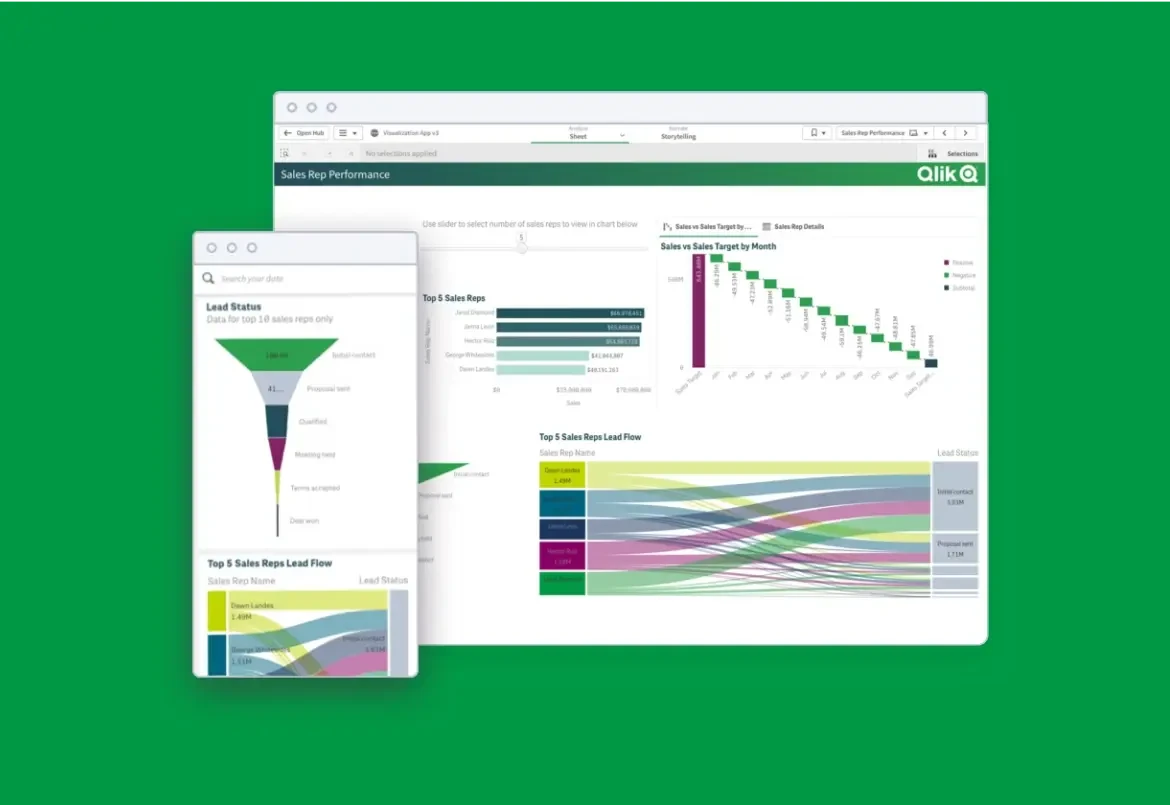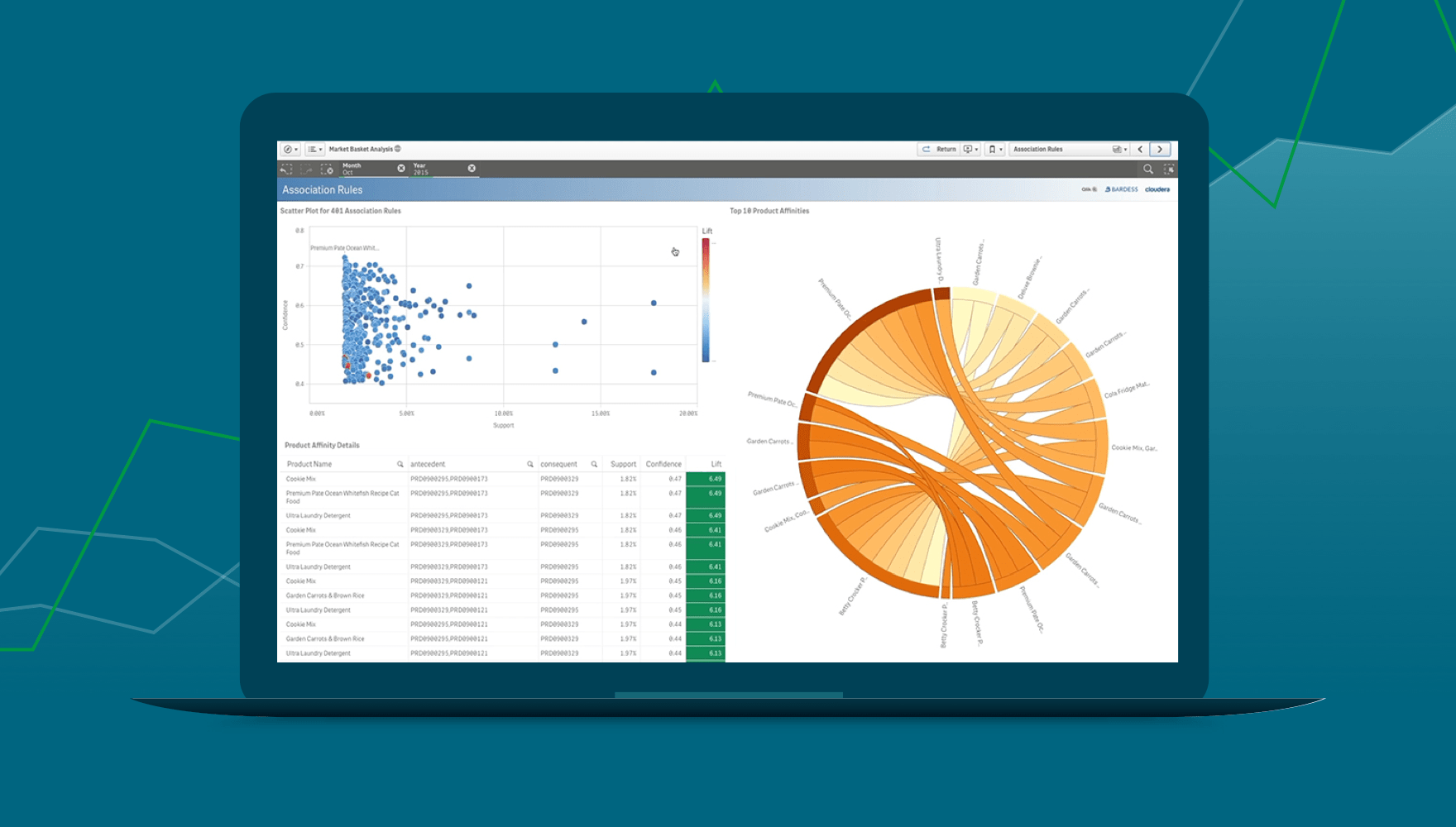What is Reporting?
Reporting primarily involves the presentation of data in a structured format. Its purpose is to provide a snapshot of specific metrics or KPIs over a defined period. Reports are instrumental in summarizing information for stakeholders and are often automated and scheduled on a regular basis. Ad hoc reports, created on-demand, can address specific inquiries or issues promptly. Data visualizations help identify trends, patterns, and anomalies more intuitively. Dashboards play a crucial role in presenting real-time data to stakeholders for quick decision-making.
Benefits
Reporting enables informed decision-making, tracks performance trends, and fosters transparency and accountability. By aligning activities with strategic goals and optimizing resource allocation, reporting enhances operational efficiency. It ensures compliance with regulatory requirements and aids in identifying and mitigating risks. Effective reporting also facilitates communication with stakeholders, supports competitive advantage, and guides long-term strategic planning.
Reporting Process
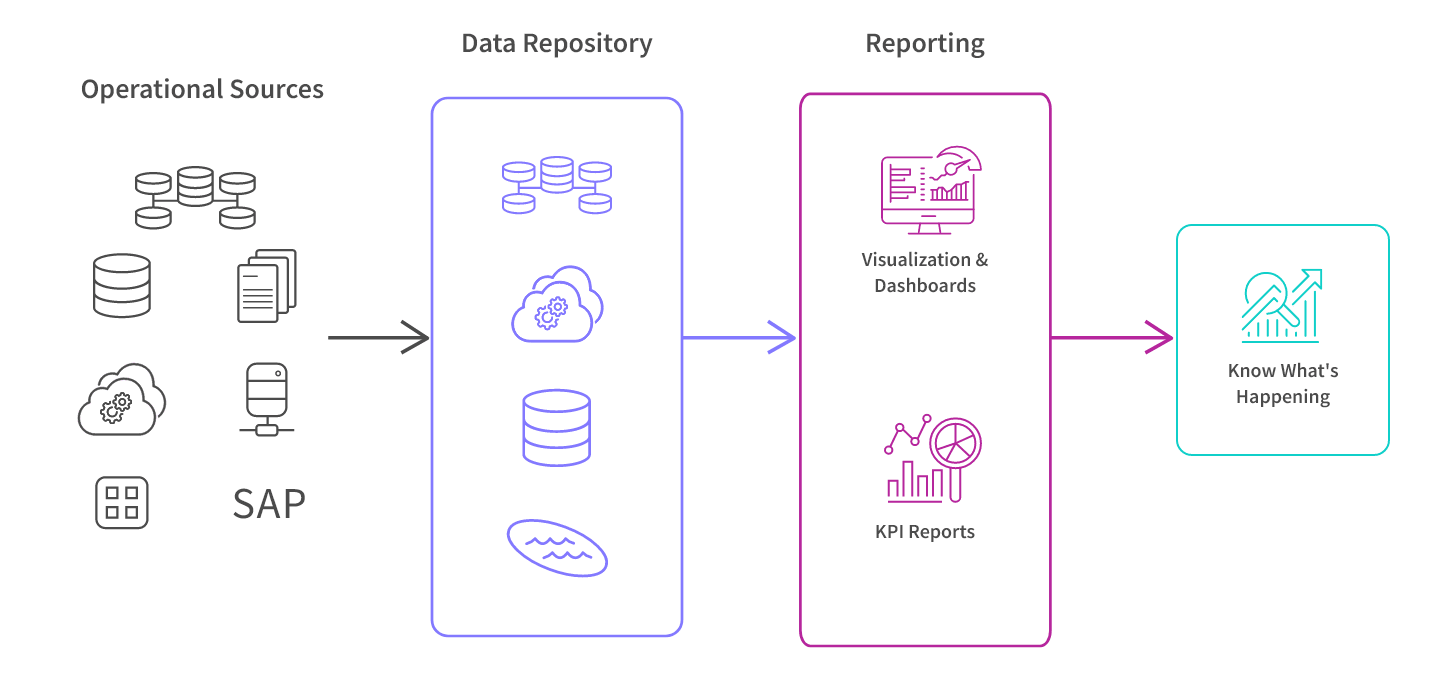
Data is sourced from operational systems such as transactional, supply chain, and CRM applications. This raw data is extracted, transformed, and combined into a repository such as a data warehouse or data lake. Bringing together data from all your systems gives you a holistic view of your business.
Your reporting analytics tool uses this data to allow you to create visualizations, dashboards and KPI reports via automation. These make it easier for you to know what has happened or what is happening in your business.
Types of Reporting
Reporting takes various forms in organizations, serving specific functions. Operational reports offer day-to-day insights into activities like sales and inventory management. Financial reports detail a company's financial health, including balance sheets and income statements. Management reports provide summarized data for internal decision-making, while strategic reports guide long-term planning. Compliance reports ensure adherence to legal requirements, while ad hoc reports address specific queries. An analytical report delves deep into data for actionable insights, and statutory reports fulfill legal obligations. Project, sales, HR, customer service, inventory, quality control, and environmental reports cater to specific areas, aiding in better decisions across an organization.
Dashboard Report Example

This marketing dashboard report showcases the number of responders to a campaign by region, segment, and product category. This dashboard presents data in an easy-to-digest manner.














